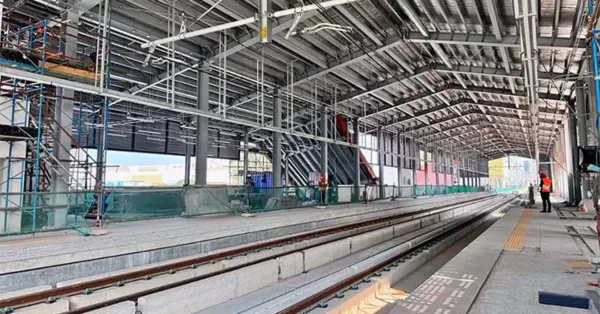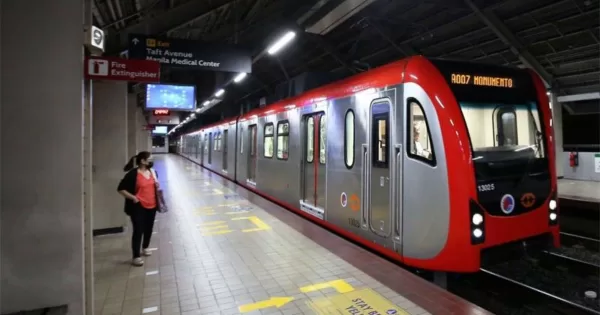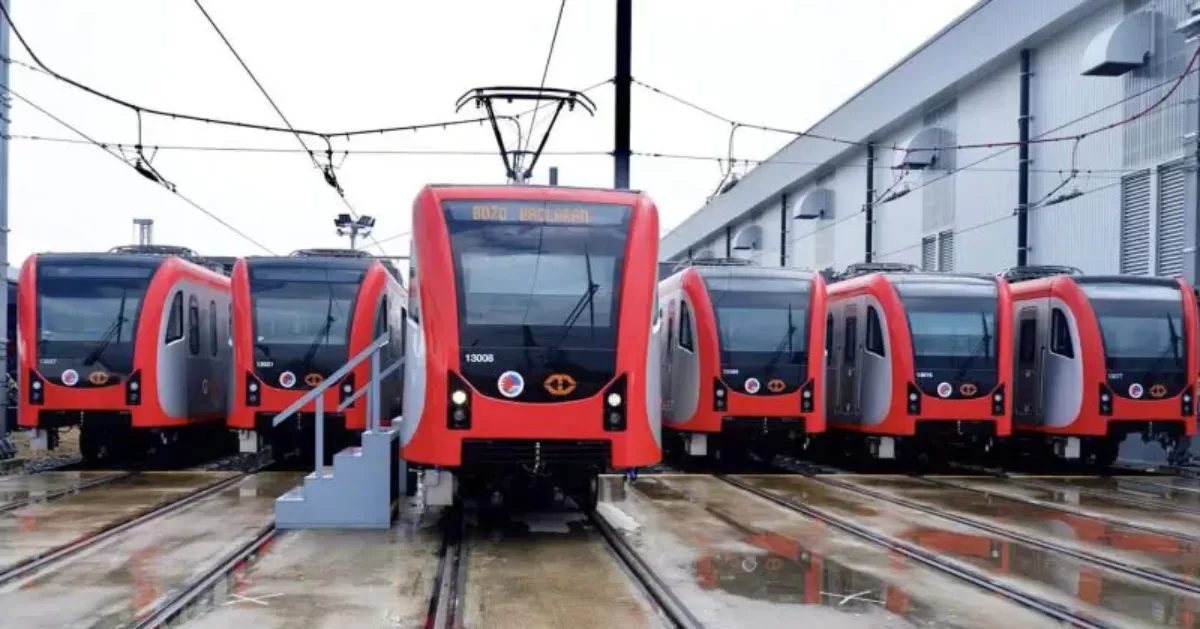Cavite LRT-1 Extension Project Phase 1 is expected to be operational by October 2024 according to the Department of Transportation (DOTr).
Cavite LRT-1 First Phase Operational by Q4 2024
The South Extension Project, or the Cavite Extension Project, is an 11.7-kilometer extension rail of the Manila LRT-1. The project broke ground in May 2017 and will extend from the Manila railway network to Parañaque, Las Piñas, and Bacoor.
The extension project initially had an estimated budget of $1.1 billion, but due to the COVID-19 pandemic construction costs overran by $17-34 million.
The Cavite Extension railway project is divided into three phases. The first phase is a 6.2-kilometer line covering 5 stations between Redemptorist and Dr. Santos. The second phase is a 3.2-kilometer line that covers Las Piñas to Zapote, while the third phase is a 2.4-kilometer line going to the last station, Niog.
The Cavite Extension project’s first phase is 98% complete as of April 2024, with operations expected by October of the same year. The project’s second and third phases will be operational by 2031.
The Manila LRT-1, or the Green Line, is a 20.7-kilometer railway that serves the greater Manila Area. The railway spans from Congressional Ave station in Quezon City to Baclaran station in Parañaque. Once the Cavite Extension is completed, the LRT-1 will be 32.4 kilometers long.
Read also: North-South Commuter Railway in the Philippines (NSCRP) Project

Technical Details of the Project
Funding for the extension project is estimated at $1.36 billion and is funded through a hybrid scheme. The Philippine State Government funds $533 million through official development assistance (ODA) from the Japan International Cooperation Agency (JICA). The extension project was funded with a remaining $831.9 million from private investments.
The Light Rail Manila Consortium (LRMC) won the contract to build and operate, and is in charge of civil works, together with the support of the Light Rail Transit Authority (LRTA).
RATP Dev Transdev Asia, a transport operator, is the technical partner of LRMC. Bouygues Travaux Publics is in charge of the engineering, procurement, and construction (EPC).
The construction method used for the Cavite Extension project is the full span method (FSM) and is one of the fasted construction techniques for bridges and viaducts. This method involves pre-casting the bridge span and transporting it to the site. A total of 203 pi-girders is being utilized during the construction of the project’s first phase.

A railway extension that will ease traffic
The Cavite Extension project will ease ongoing traffic concerns in Metro Manila, specifically the area it covers: Parañaque-Las Pinas-Cavite. The extension project will also supplement and improve businesses and commercial establishments along the LRT line. The LRT extension is expected to lessen travel time from Bacoor to Baclaran by 66% or only 25 minutes and will accommodate 800,000 passengers a day.
Aside from the LRT-1 Cavite Extension, there are also talks for the LRT-6 railway that will cover the Cavite region. The proposed railway will serve 45% of the region’s population and is estimated to cost $1.2 billion.
Read also:
First LRT in Bali Indonesia to Reshape the Island’s Transportation System in the Coming Years
LRT Project in Penang to Enhance Public Transport by 2030
